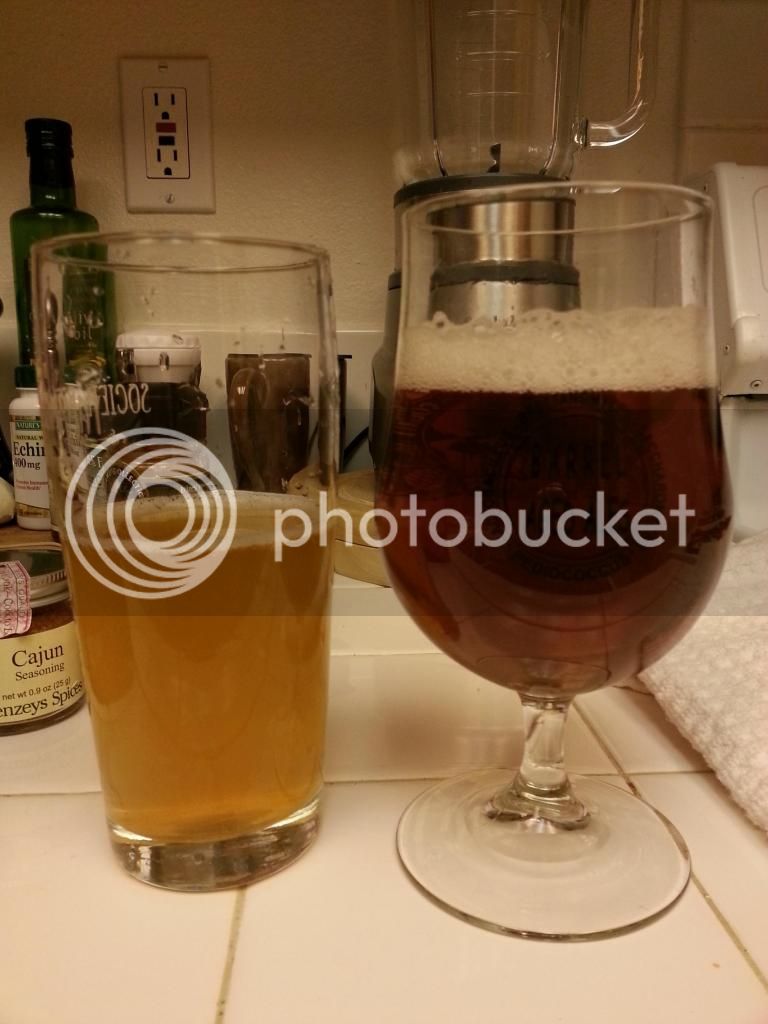TrojanAnteater
Well-Known Member
- Joined
- Jun 30, 2008
- Messages
- 85
- Reaction score
- 2
I recently had a batch of saison show major oxidation from the first bottle I uncapped after 3 weeks of bottle conditioning. Between that first bottle (which was just somewhat oxidized), and all the rest I've uncapped up to 3 weeks later, its gotten way worse. It has turned the beer probably over double the SRM it should be (projected at about 5, it's probably really 10 or higher, and is just an ugly brown/deep burnt orange color). This is the first time this has happened to me, so I'm curious where it could have come from, but my thought on what might have been a factor follows.....
This was a re-brew of a very successful saison I had brewed just before it, all I did was use 565 instead of 3711, and hopped it more (included a dry hop). The main thing I did different here was after I bottled I placed them in my garage which easily gets to 90 degrees during the day, and maybe even the high 90's. I figured if 565 can handle these temps during fermentation, why not use the high temp during bottling. Anyway, every part of the process was no different than what I normally do.
Anyone think the conditioning at high temps (after *some* oxygen would naturally be introduced to it during the bottling phase) caused the excessively fast oxidation to occur?
This was a re-brew of a very successful saison I had brewed just before it, all I did was use 565 instead of 3711, and hopped it more (included a dry hop). The main thing I did different here was after I bottled I placed them in my garage which easily gets to 90 degrees during the day, and maybe even the high 90's. I figured if 565 can handle these temps during fermentation, why not use the high temp during bottling. Anyway, every part of the process was no different than what I normally do.
Anyone think the conditioning at high temps (after *some* oxygen would naturally be introduced to it during the bottling phase) caused the excessively fast oxidation to occur?


